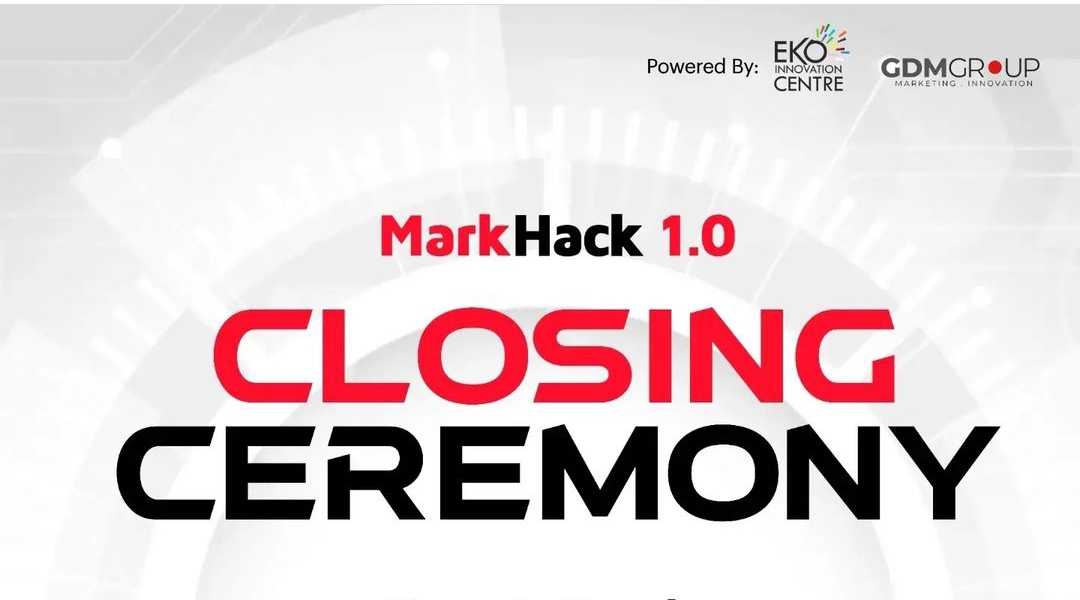You don’t have to look far to see that direct-to-consumer companies are dining out on the legacy brands’ tension around change. It’s not an uncomfortable place to be; more too comfortable. The self-development gurus of the world will tell you that nothing ever good comes from being in your comfort zone, and the same is true for business.
There are several things that these comfort-seeking brands can learn from the surge of D2C companies – by clenching through the nuggets of awkwardness and just trying a few new things. One of those is developing the mindset of a publisher.
Before we get to that, here’s something smart that Robert Cialdini wrote in his book, The Psychology of Persuasion.
“Often we don’t realise that our attitude toward something has been influenced by the number of times we have been exposed to it in the past.”
And when you simplify this through the lens of advertising, it becomes terms like frequency and reach. Both of which can be bought. The definition of insanity is buying people’s attention with a message that makes you want to press skip. Or something like that. The point is, making sure your logo appears in the bottom right-hand corner of your YouTube ad consistently in 48 markets, even if your programmatic media buy has popped me in a bucket and asked the magic algorithms to show me your ad 26 times, won’t cut it – I’m too busy watching elevator reviews.
Marketers are in the business of earning attention and I believe one way to do that is to be less brand, more publisher.
Take four-year-old, $1.4 billion valued Away for example. Yes, purpose is at the heart of everything they do. They have a solid origin story and founders that are willing to represent the brand from the stages to the magazine pages. They have the type of investment and funding that would buy me an avocado stuffed cream cheese bagel for lunch, for life (and some). Yet if you look at the marketing activity and the websites of companies with similar investment, it’s often either inconsistent or derived from homogenous tones of wit, intelligence and customer-oriented drivel. Seriously, amigos – hire a new social strategist, please.
Every single interaction you have with Away screams aspirational. They’re not just selling me luggage. They make we want to travel, an interest vertical that they own in such a unique way. And most of those consumer touchpoints aren’t even branded – just check out Here Magazine, the travel companies, you guessed it, unbranded guide to travel. Look closer, and there’s a seamless merger between the online and offline experience you have with the brand and the product, but somehow this fusion comes without the company needing to be overtly brand or product-centric. With similar credibility to the often referenced Airbnb, and the less referenced Sleep Life podcast from Simba (check out the episode with Sir John Hegarty – rate it!).
It goes against everything we know – creating unbranded experiences to encourage more people to buy your product or service. But when people are saying that 77% of brands could disappear and nobody would care (thanks, Havas), we have to create something that people actually care about. Or encourage people to create things that other people care about. Like dog selfies. Or a podcast by marketers, featuring marketers, for marketers.
Some people talk about zigging and zagging, zeros and crosses. For me, it’s just doing something meaningful, whether it’s branded or not.
Source: The Drum







Comment
No comments found.